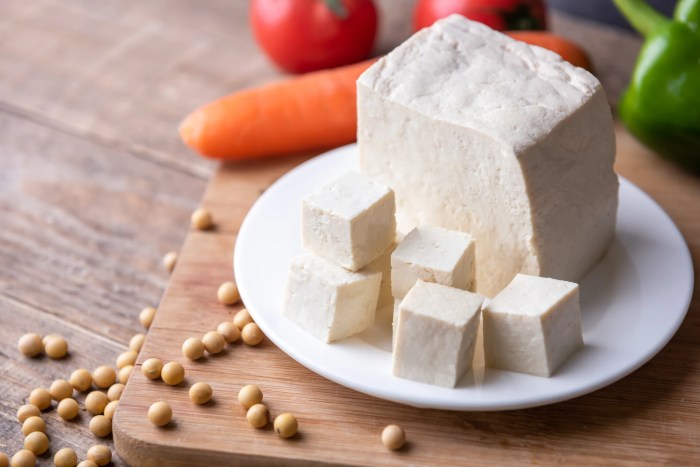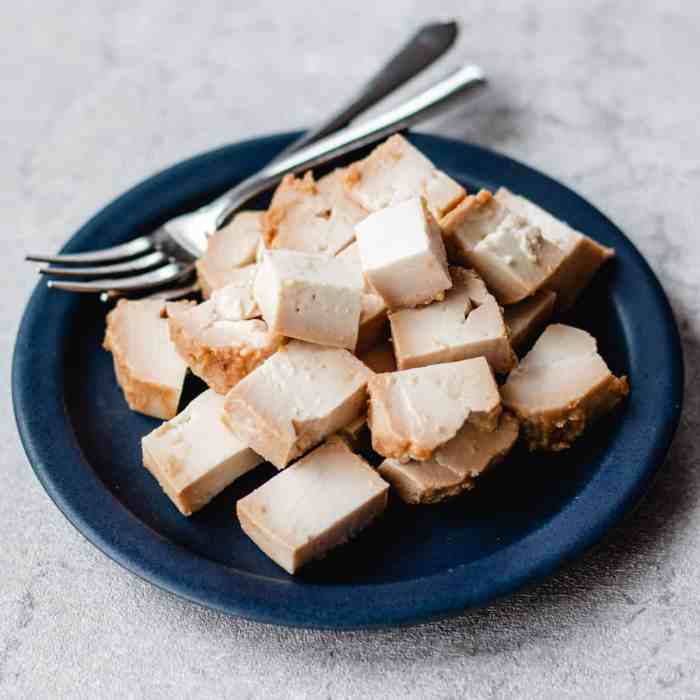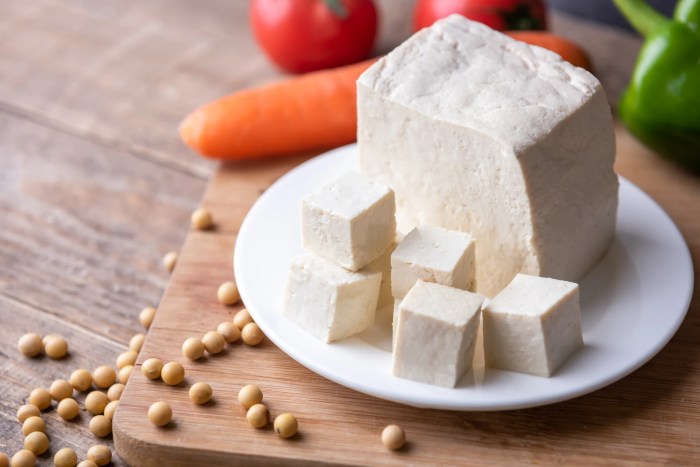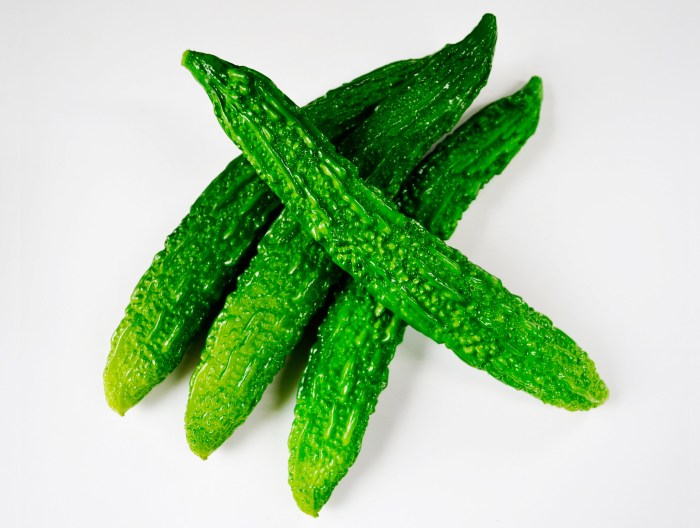Are bananas good for you? This comprehensive exploration dives into the nutritional value, health benefits, culinary uses, potential risks, and even the cultural significance of this beloved fruit. We’ll uncover the surprising details behind this popular snack, from its potassium powerhouse potential to its role in various diets.
From a detailed breakdown of vitamins and minerals to exploring different preparation methods and potential side effects, this guide provides a holistic understanding of bananas. We’ll also compare bananas to other fruits and discuss their suitability for different dietary needs.
Nutritional Value

Bananas, a popular and readily available fruit, offer a surprisingly comprehensive nutritional profile. They’re a convenient source of energy and essential nutrients, making them a valuable addition to a balanced diet. Beyond their delicious taste, bananas contribute significantly to overall well-being.
Vitamins and Minerals
Bananas are a good source of various vitamins and minerals. They contain significant amounts of potassium, which plays a crucial role in maintaining healthy blood pressure and cardiovascular health. They also provide Vitamin B6, a crucial nutrient for brain function and red blood cell production. Trace amounts of other vitamins and minerals, including vitamin C, magnesium, and manganese, contribute to overall health.
Calorie and Macronutrient Content
A medium-sized banana (approximately 120g) typically contains around 105 calories. Its macronutrient composition is approximately 27 grams of carbohydrates, 1 gram of protein, and less than 1 gram of fat. This balanced composition makes bananas a suitable snack or meal component for individuals seeking a quick energy boost without excessive fat.
Dietary Fiber Content
Bananas are rich in dietary fiber, contributing to digestive health and overall well-being. The fiber in bananas comprises both soluble and insoluble varieties. Soluble fiber promotes healthy cholesterol levels, while insoluble fiber aids in digestion and regularity. This combination of fibers contributes to a feeling of fullness and sustained energy release.
Potassium and Cardiovascular Health
Potassium is a vital electrolyte crucial for maintaining healthy blood pressure. Bananas are an excellent source of potassium, helping to regulate blood pressure and reduce the risk of cardiovascular diseases. Potassium helps in maintaining fluid balance, muscle function, and nerve transmission.
Nutritional Comparison
| Nutrient | Banana (medium) | Apple (medium) | Orange (medium) | Berries (1 cup) |
|---|---|---|---|---|
| Calories | 105 | 95 | 62 | 80 |
| Carbohydrates (g) | 27 | 25 | 15 | 14 |
| Protein (g) | 1 | 0.5 | 0.9 | 1.9 |
| Fat (g) | <0.5 | 0.2 | 0.1 | 0.5 |
| Potassium (mg) | 422 | 100 | 180 | 200 |
| Vitamin C (mg) | 8 | 5 | 50 | 150 |
This table illustrates the approximate nutritional content of a medium-sized banana compared to other common fruits. Notice the relatively high potassium content in bananas, which is a key nutritional benefit. The table also shows how different fruits contribute various vitamins and minerals to the diet.
Health Benefits
Bananas, a readily available and affordable fruit, offer a surprising array of health benefits. Their nutritional profile, rich in potassium, fiber, and various vitamins, contributes to overall well-being. Beyond their nutritional value, bananas can positively impact digestive health, blood sugar regulation, muscle function, and athletic performance. Understanding these benefits can help individuals make informed choices about incorporating bananas into their diets.Bananas’ remarkable impact on health stems from their diverse nutrient composition.
The combination of readily digestible carbohydrates, essential vitamins, and minerals provides a wide range of advantages. This multifaceted nature contributes to their suitability for various dietary needs and lifestyles.
Digestive Health Benefits
Bananas are a good source of dietary fiber, particularly soluble fiber. This fiber aids in promoting regularity and preventing constipation. The fiber content helps to soften stools and stimulate the movement of food through the digestive tract. The potassium content also contributes to the health of the digestive system by promoting healthy muscle contractions within the intestines.
Impact on Blood Sugar Levels
Bananas contain natural sugars, but their glycemic index is relatively moderate. This means that bananas do not cause a drastic spike in blood sugar levels compared to some other sugary foods. The fiber content in bananas helps to slow down the absorption of sugar into the bloodstream, thereby helping to maintain stable blood sugar levels. This makes bananas a suitable choice for individuals with diabetes or those seeking to manage their blood sugar.
Bananas are a fantastic source of potassium, but are they really good for you? While a healthy diet including potassium-rich foods like bananas is crucial, it’s also important to consider the broader health picture, particularly when it comes to conditions like stroke and diabetes. Understanding the connection between these conditions is vital, and you can learn more about the relationship between stroke and diabetes by checking out this resource on stroke and diabetes connection.
Ultimately, a balanced diet, including bananas, can be part of a healthy lifestyle, but it’s always wise to consult with a healthcare professional for personalized advice.
However, individuals with diabetes should still monitor their blood sugar levels carefully when consuming bananas, as portion control is crucial.
Muscle Recovery and Growth
Bananas are an excellent source of potassium, a crucial mineral for muscle function and recovery. Potassium helps regulate muscle contractions, preventing cramps and promoting efficient muscle function. The carbohydrates in bananas provide readily available energy for post-workout recovery, aiding in replenishing glycogen stores depleted during exercise. Furthermore, the combination of carbohydrates and protein in bananas can aid in muscle growth and repair.
Benefits for Athletes and Active Individuals
The combination of readily available carbohydrates, potassium, and fiber in bananas makes them an ideal pre- or post-workout snack for athletes and active individuals. The carbohydrates provide a quick source of energy, while potassium helps to maintain muscle function and prevent cramps. Bananas are also easily portable, making them a convenient and nutritious option for fueling activities. For example, consuming a banana before a run can provide sustained energy, while eating one after a workout can aid in muscle recovery.
Potential Side Effects of Excessive Consumption
While bananas are generally healthy, consuming excessive quantities can lead to certain side effects. These include digestive issues like bloating, gas, and diarrhea, particularly in individuals sensitive to high fiber intake. Allergic reactions, although rare, are possible in some individuals. Additionally, individuals with specific health conditions, such as kidney problems, should consult with their healthcare provider before significantly increasing their banana consumption.
High potassium intake can be problematic for certain health conditions, therefore moderation is key.
Bananas are packed with potassium, which is great for overall health. But, like any food, it’s important to consider how it fits into a balanced diet. Interestingly, similar to understanding the various types of narcissistic personality disorder, narcissistic personality disorder types highlight the complexity of human behavior. Ultimately, a healthy diet, including bananas, is crucial for well-being, regardless of personal traits.
Culinary Uses
Bananas are incredibly versatile and can be incorporated into a wide array of dishes, from sweet breakfasts to savory snacks. Their delicate sweetness and smooth texture make them a popular choice for both simple and elaborate recipes. This section will explore various ways to use bananas in healthy and delicious ways.
Breakfast Recipes
Bananas are a fantastic addition to breakfast, offering a natural sweetness and satisfying texture. They can be enjoyed in a variety of ways, from simple slices to elaborate smoothies. Their high potassium content contributes to a balanced and nutritious start to the day.
- Banana Oatmeal: A classic combination, mashed banana adds a touch of sweetness and creaminess to your oatmeal. You can also add nuts, seeds, or spices for extra flavor and nutrients.
- Banana Pancakes/Waffles: Bananas contribute moisture and a subtle sweetness to pancakes or waffles, making them a healthier alternative to traditional recipes.
- Banana Yogurt Parfait: Layer yogurt, sliced bananas, and granola for a visually appealing and nutritious breakfast. The combination provides protein, fiber, and vitamins.
Banana-Based Desserts
Bananas are a fundamental ingredient in numerous desserts. Their versatility allows for both simple and elaborate creations, catering to different tastes and preferences.
- Banana Bread: A classic comfort food, banana bread is a great way to use ripe bananas. It’s a simple recipe that yields delicious results.
- Banana Muffins: Similar to banana bread, banana muffins are a quick and easy dessert option, perfect for breakfast or a snack.
- Banana Nice Cream: A healthy and delicious alternative to ice cream, banana nice cream is made by freezing and blending ripe bananas. It’s naturally sweet and creamy.
- Banana Split: A classic dessert, using fresh bananas with ice cream and toppings provides a balanced treat. It can be adjusted to suit individual tastes.
Banana Preparation Methods
Different methods of preparation can bring out various flavors and textures in bananas. Experiment with different approaches to discover your favorites.
- Baking: Bananas bake beautifully, adding a soft and sweet flavor to a wide array of baked goods. Baking intensifies the natural sweetness and creates a moist texture.
- Frying: Fried bananas can be a delicious sweet treat, with a crispy exterior and soft interior. The method often involves coating them in batter or a similar mixture.
- Smoothies: Bananas blend seamlessly into smoothies, creating a creamy and nutritious beverage. They add a natural sweetness and provide essential nutrients.
Banana-Based Recipes and Nutritional Value
The following table displays a few banana-based recipes and their estimated nutritional value per serving. Note that these values can vary based on the specific ingredients and portion sizes.
| Recipe | Estimated Calories | Estimated Protein (g) | Estimated Fiber (g) | Estimated Potassium (mg) |
|---|---|---|---|---|
| Banana Bread | 300 | 5 | 5 | 400 |
| Banana Muffins | 250 | 4 | 4 | 350 |
| Banana Smoothie | 200 | 3 | 3 | 250 |
| Fried Bananas | 280 | 2 | 4 | 300 |
Potential Risks and Considerations
Bananas, while generally a healthy addition to a diet, come with some potential downsides. Understanding these risks allows for informed choices and ensures that individuals can safely enjoy the benefits of this fruit. Careful consideration is crucial for those with specific dietary restrictions or sensitivities.While bananas are a nutritious and versatile fruit, potential allergic reactions, interactions with medications, and specific dietary concerns must be acknowledged.
This section will delve into these factors to provide a comprehensive understanding of bananas and their place within a healthy lifestyle.
Allergic Reactions
Bananas, like many other fruits, can trigger allergic reactions in susceptible individuals. Symptoms can range from mild skin rashes to more severe reactions, including difficulty breathing or anaphylaxis. A common allergen in bananas is a protein called profilin. Individuals with known allergies to other fruits, such as apples or peaches, may be more prone to developing an allergy to bananas.
If you suspect an allergic reaction, seek immediate medical attention.
Impact on Dietary Restrictions and Sensitivities
Individuals with specific dietary restrictions, such as those with celiac disease or fructose intolerance, need to be mindful of the impact of banana consumption. Bananas are naturally high in fructose and starch, which can cause discomfort in individuals sensitive to these components. The amount of fructose in a serving of bananas varies depending on the ripeness and size.
A serving of a ripe banana typically contains between 6 and 10 grams of fructose. Carefully assess the suitability of bananas in a balanced diet tailored to specific needs. Consult a registered dietitian or healthcare professional for personalized dietary advice.
Medication Interactions
Bananas contain potassium, a crucial mineral for maintaining healthy bodily functions. However, certain medications, particularly those affecting kidney function or electrolyte balance, may interact negatively with the potassium content of bananas. Individuals taking diuretics or medications that affect potassium levels should consult their doctor before consuming bananas or other high-potassium foods. It is essential to understand how your medication might interact with potassium intake to prevent potential complications.
Comparison of Fresh and Processed Bananas
The nutritional value of fresh bananas is generally superior to that of processed banana products. Processed banana products, such as banana chips or banana bread, often undergo processing that alters their nutritional composition. These processes can lead to the addition of sugars, fats, or preservatives, potentially diminishing the health benefits associated with fresh bananas. Compare the nutritional labels of fresh bananas and processed banana products to understand the difference in their nutritional value.
Fresh bananas offer the most complete nutrient profile.
Potential Contraindications for Specific Health Conditions
| Health Condition | Potential Contraindication |
|---|---|
| Hyperkalemia (high potassium levels in the blood) | Bananas should be consumed with caution or avoided completely. |
| Kidney disease (with impaired potassium excretion) | Consult a doctor regarding the appropriate potassium intake. |
| Diabetes (especially type 2) | Portion control is essential to manage blood sugar levels. |
| Gastrointestinal issues (e.g., Irritable Bowel Syndrome, Crohn’s Disease) | Individuals with sensitivities should be cautious and monitor their response to banana consumption. |
Careful consideration of these potential contraindications is crucial for those with underlying health conditions.
Comparison to Alternatives: Are Bananas Good For You
Bananas, a readily available and popular fruit, stand out for their potassium content. However, many other fruits offer similar nutritional benefits, making it important to consider the full picture when choosing a potassium-rich snack or addition to a balanced diet. This comparison examines bananas alongside other potassium-rich fruits, explores differences in carbohydrate sources, and considers suitability for various dietary needs.Understanding the nutritional value of alternatives helps us appreciate the nuances of banana consumption within a broader dietary context.
A deeper dive into these comparisons reveals how bananas stack up against other options and the specific advantages and disadvantages of each choice.
Potassium Content Comparison
Bananas are well-known for their potassium content, but other fruits also contribute significantly to this essential mineral. Comparing bananas to other potassium-rich fruits highlights the diversity of dietary options available. A range of fruits, including avocados, apricots, and cantaloupe, provide substantial amounts of potassium, but the concentration can vary depending on factors like ripeness and variety.
- Avocados: High in healthy fats and fiber, avocados offer a dense potassium source. Their creamy texture and versatility make them a satisfying addition to various dishes, and they can be a good alternative for those seeking a more substantial potassium-rich food.
- Apricots: These sweet fruits offer a moderate potassium intake, along with vitamins and antioxidants. Their mild sweetness and soft texture make them an appealing choice for those who enjoy a variety of fruit flavors.
- Cantaloupe: Known for its refreshing taste and high water content, cantaloupe provides a good amount of potassium and vitamins. Its hydrating properties make it a good choice for those seeking a light and refreshing snack.
Carbohydrate Differences
Bananas are primarily a source of carbohydrates, and their carbohydrate composition differs from other fruits. This is a crucial factor to consider for individuals with specific dietary needs or preferences.
- Other fruits with varying carbohydrate profiles: Different fruits have varying carbohydrate profiles, affecting their impact on blood sugar levels. For example, apples and pears have a higher fiber content, which can help regulate blood sugar compared to bananas, which have a higher concentration of simple sugars.
- Comparison to grains and starches: Bananas are a significant source of natural sugars, contrasting with grains and starches. Choosing appropriate carbohydrate sources depends on individual dietary needs and preferences.
Dietary Suitability
Bananas are generally well-suited for most diets, but their suitability may vary based on individual preferences and health concerns. Understanding these variations is essential for making informed dietary choices.
- Specific dietary needs: Individuals with specific dietary needs, such as those following low-sugar or low-carb diets, may need to consider alternatives to bananas. The potassium content of other fruits, like apricots or cantaloupe, could be an alternative source.
- Individual preferences: Beyond nutritional factors, personal preferences play a role. Some individuals may find the taste or texture of other fruits more appealing than bananas. Exploring a wider range of fruits can broaden dietary enjoyment.
Impact on Gut Health
Bananas contain fiber, which contributes to gut health. Comparing bananas to other fruits provides insights into the relative impact on digestive function.
- Fiber content comparison: Bananas contain fiber, but other fruits, such as berries or apples, also contribute to a healthy gut microbiome. The fiber content and types of fiber vary, influencing the impact on gut health.
- Potential for digestive issues: While bananas are generally well-tolerated, some individuals may experience digestive issues. Exploring alternative fruits can help identify those that suit individual digestive systems better.
Nutritional Density Comparison Table
This table presents a comparative overview of nutritional density across different fruits, including bananas. It highlights the diverse nutritional profiles of fruits.
| Fruit | Potassium (mg) | Fiber (g) | Sugar (g) | Vitamin C (mg) |
|---|---|---|---|---|
| Banana | 422 | 3 | 17 | 6 |
| Avocado | 488 | 7 | 1 | 10 |
| Apricot | 200 | 2 | 10 | 2 |
| Cantaloupe | 300 | 2 | 10 | 20 |
| Apple | 120 | 4 | 12 | 4 |
Preparation and Storage
Bananas are a versatile fruit, but their optimal freshness and nutritional value depend heavily on proper handling and storage. Understanding how to store and prepare them is key to enjoying their deliciousness and maximizing their health benefits. From preventing overripeness to selecting the right ripening methods, this section will guide you through the best practices.Proper storage and preparation significantly impact the overall banana experience.
By following these guidelines, you can ensure your bananas remain fresh, retain their nutrients, and are ready for your favorite recipes.
Optimal Storage Conditions
Proper storage conditions are essential to maintain the quality and nutritional value of bananas. Bananas are highly sensitive to temperature fluctuations and exposure to ethylene gas, a ripening agent. To maximize freshness, store bananas in a cool, dry place, away from direct sunlight and other ripening fruits. Ideal temperatures for storage range from 55-65°F (13-18°C). Avoid storing bananas in the refrigerator, as this can cause them to become mushy and lose flavor.
Bananas are packed with potassium, which is great for overall health. But what if you’re feeling unwell and need immediate medical attention? Understanding medical triage and how it works is crucial in determining the best course of action. Medical triage and how it works prioritizes patients based on the severity of their condition, allowing for the most efficient and effective care.
Even if you’re just concerned about a minor potassium deficiency from not eating enough bananas, knowing the process can help you navigate the system and get the care you need. So, while bananas are generally a healthy snack, knowing how medical systems work can be incredibly helpful in a variety of situations.
Ripening Bananas at Home
Several methods can be used to accelerate the ripening process. One common method is to place unripe bananas in a paper bag with an apple or pear. The ethylene gas released by these fruits will help speed up the ripening process. Alternatively, placing bananas in a warm, well-ventilated area like a countertop or a basket can also induce ripening.
The ideal conditions for ripening will depend on the desired level of ripeness.
Preparing Bananas for Culinary Applications
Bananas are incredibly versatile and can be incorporated into various culinary creations. For example, sliced bananas are excellent for adding to smoothies, yogurt parfaits, or oatmeal. Chopped bananas can enhance the flavor of baked goods like muffins, pancakes, or bread. For a sweeter treat, sliced bananas can be grilled, sauteed, or even baked into desserts. Consider the desired application when preparing bananas for maximum enjoyment.
Preventing Overripe Bananas from Going Bad, Are bananas good for you
Overripe bananas are often perceived as undesirable, but they can still be delicious and nutritious. Overripe bananas can be used to make banana bread, banana muffins, banana smoothies, or banana chips. Freezing overripe bananas in chunks or slices preserves them for future use in recipes.
Optimal Storage Times Based on Ripeness
| Ripeness Level | Storage Time (at room temperature) ||—|—|| Green/Hard | 3-5 days || Slightly Yellow | 3-5 days || Yellow with some brown spots | 2-3 days || Mostly Brown/Very Soft | 1-2 days |This table provides a general guideline. Factors like the specific environment and individual banana quality can affect the actual storage time. For instance, if the storage area is particularly humid, the bananas might ripen faster.
Cultural Significance
Bananas, a ubiquitous fruit in many cultures, hold a significant place in global history and tradition. Their versatility extends far beyond a simple snack; they’ve shaped economies, influenced diets, and played a vital role in social interactions. From the tropical heartlands to the distant corners of the world, bananas have woven their way into the fabric of countless communities.The cultural significance of bananas isn’t solely about their nutritional value, but also about their deep-rooted historical connections, economic importance, and integration into daily life.
Their presence in rituals, ceremonies, and everyday meals underscores their value beyond just a fruit.
Historical and Cultural Significance
Bananas have a rich history across the globe. In many parts of Southeast Asia, bananas were often seen as a sacred fruit, used in religious ceremonies and offerings. Their symbolism often linked them to prosperity and abundance. In some Pacific Island cultures, the banana tree itself was considered a symbol of fertility and life. The historical significance of bananas often intertwines with the development of agriculture and trade routes, demonstrating their important role in early human societies.
Economic Importance
Bananas are a crucial agricultural commodity for many countries, especially in Central and South America, Africa, and parts of Asia. Large-scale banana production often dictates the economic fortunes of entire communities, shaping employment opportunities and impacting livelihoods. The export of bananas has driven economic growth and development in several countries, and its production significantly influences local economies. The global banana trade is substantial and impacts many countries worldwide.
Role in Traditional Diets and Recipes
Bananas are fundamental in many traditional cuisines. In some cultures, banana leaves serve as an integral part of meal preparation, used for wrapping food and adding flavor to dishes. The fruit itself is incorporated into various recipes, from desserts and stews to savory dishes. The variety of banana-based foods highlights their versatility and adaptability within diverse culinary traditions.
For example, in parts of Southeast Asia, bananas are often used in curries, while in the Caribbean, they’re featured in fritters and desserts.
Impact on Local Communities
Banana cultivation has a profound impact on local communities. It provides employment opportunities, particularly for smallholder farmers and their families. The development of banana plantations and processing facilities contributes to infrastructure improvements and economic growth within local regions. Sustainable banana farming practices are essential for ensuring long-term economic viability and environmental protection. This can range from community-based initiatives to supporting responsible farming practices that protect the environment and support the livelihoods of those involved in the industry.
Variety of Banana Types Consumed in Different Regions
| Region | Common Banana Varieties | Characteristics |
|---|---|---|
| Central America | Cavendish, Lady Finger | Known for their sweetness and are commonly exported. |
| Southeast Asia | Lakatan, Saba | Often used in savory dishes due to their firmer texture. |
| Africa | Plantain, Gros Michel | Primarily used for cooking and have a starchy texture. |
| Caribbean | Red Dacca, Brazilian | Used for desserts and various other dishes, prized for unique flavors. |
This table showcases a small selection of banana types across various regions. The diversity of banana varieties reflects the adaptable nature of this fruit and its crucial role in the culinary traditions of different cultures.
Outcome Summary

In conclusion, bananas offer a wealth of nutrients and potential health benefits. Their versatility in the kitchen and their cultural significance make them a truly remarkable fruit. While potential risks and considerations exist, a balanced approach to banana consumption can contribute positively to a healthy lifestyle. Whether you’re a seasoned banana enthusiast or just curious, this exploration provides a complete picture of this popular fruit.


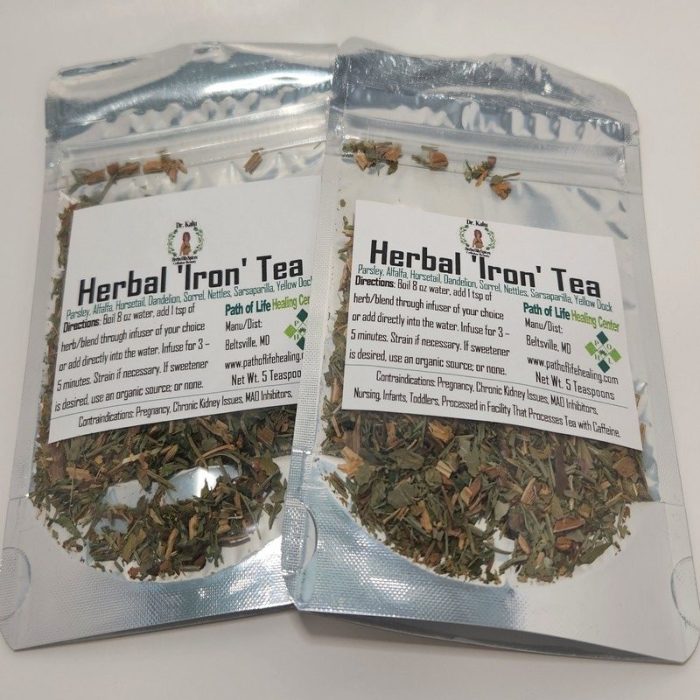


![[Omega] Speedmaster Automatic : Watches Omega 3 6 9](https://healthytipp.com/wp-content/uploads/2025/06/o21530462103002_d_1_2-1.jpg)

